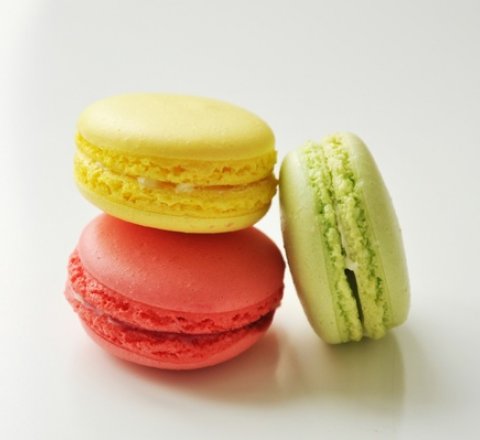I loathe decorating. Repainting a room is not an aesthetic or creative exercise. It is tedious, time consuming, malodorous, messy and expensive. Hence I only think about grabbing a paintbrush when the old coat ceases to adequately protect the surface.
Neither do I go in for interior design. Indeed I admit I struggle to picture the finished project on the wall before I start. Perhaps this is down to the quite ludicrous choice of colours today. Or maybe it is not the range of choices but mind-numbing number of options. For a man brought up thinking colours were the seven of the rainbow plus purple, brown, black and white, with shades varying from light to dark, the modern paint supplier’s shelves are quite bemusing.
Can anyone please tell me why colours today have to be edible? Apricot, peach, lime, lemon, oatmeal, apple, grape, wine, avocado, raspberry, plum, cranberry, tangerine, buttermilk, vanilla, banana, cream, mustard, melon, sage, moss, olive, pistachio, peppermint, duck egg, blueberry, aubergine, walnut, barley, cookie dough, damson, coffee, hazelnut, caramel, nutmeg, latte, mocha, oyster, crumble, almond – the list is endless, mindless, and meaningless!
Speaking of meaningless, a leading and long-standing paint brand tempts us with a dazzling array of colours we are forced to slap on the wall just to find out exactly what colour it is. I mean what would you expect to find in a tin labelled satin bow, love note, desert wind, coastal glow, lunar falls, fresh stem, Nordic spa, Buckingham, Jurassic stone, valley rock, favourite china, lost lake, found fossil, wishing well, bowler hat, pebble shore, ancient artefact, rope swing, timeless, parchment paper, scent bottle and atmosphere.
Atmosphere is a colour, really? Surely no matter how much you could cut it or smell it, you are even less likely to see it than water – another colourless item and fundamentally the same as desert wind. If offered a scent bottle surely nobody is going to recognise it by its colour?
While on the subject of impossible colours how can we have different shades of white? Surely by definition white is, as given in the
Oxford English Dictionary, “a surface reflecting light without absorbing any of the visible rays.” So how can we have any other shade of white? Similarly black, the dictionary telling us “absorbs all colour and light”. There is a reason for the phrase describing the differences between two options as ‘black and white’, it is either one or the other and by definition cannot be anything else.
As pointed out in the title, biscuit is most certainly not a colour. Now I do understand it is said to be that bland beige sort of colour and to resemble a biscuit. But how many different colours of biscuit are there? Typically at Christmas boxes of biscuit assortments make endless rounds of offices, homes and coffee mornings. Stop for a moment and look in the box before taking a biscuit. How many colours and, more to the point, how many are biscuit coloured?
Now, if you think I am bemused by biscuits and mystified by emulsions, you may wonder what happened when I discovered the world of computerised colours. As it is possible to change the end result simply by removing one molecule of one primary colour or adding a molecule or more of another, gives the user the opportunity to play with an almost unlimited number of possible colours, albeit very similar mixes would often be difficult to distinguish with the naked eye.
Clearly it is impossible to think of names for so many variables, most are known simply by the coding or mix of primary colours. However many names have been created and a sizable percentage would never be recognised by their name alone. An alphabetical list includes: awesome, amazon, big foot feet, Byzantium, cadet, camel, cultured, desire, dirt, eminence, eucalyptus, flattery, and fuzzy wuzzy are but a handful. This continues with such gems as giant’s club, heatwave, inchworm, independence, irresistible, liberty, livid, lust, ming, mystic, new car, ogre odor, papaya whip, popstar, rajah, rhythm, shampoo, smitten, space cadet, timber wolf, toolbox, Xanadu, and zomp.
If you need to find out what colours these terms represent simply search online, for it is only through the internet that you’ll be able to view the correct colour. This assumes you have your screen’s colours set correctly and for optimum performance.
